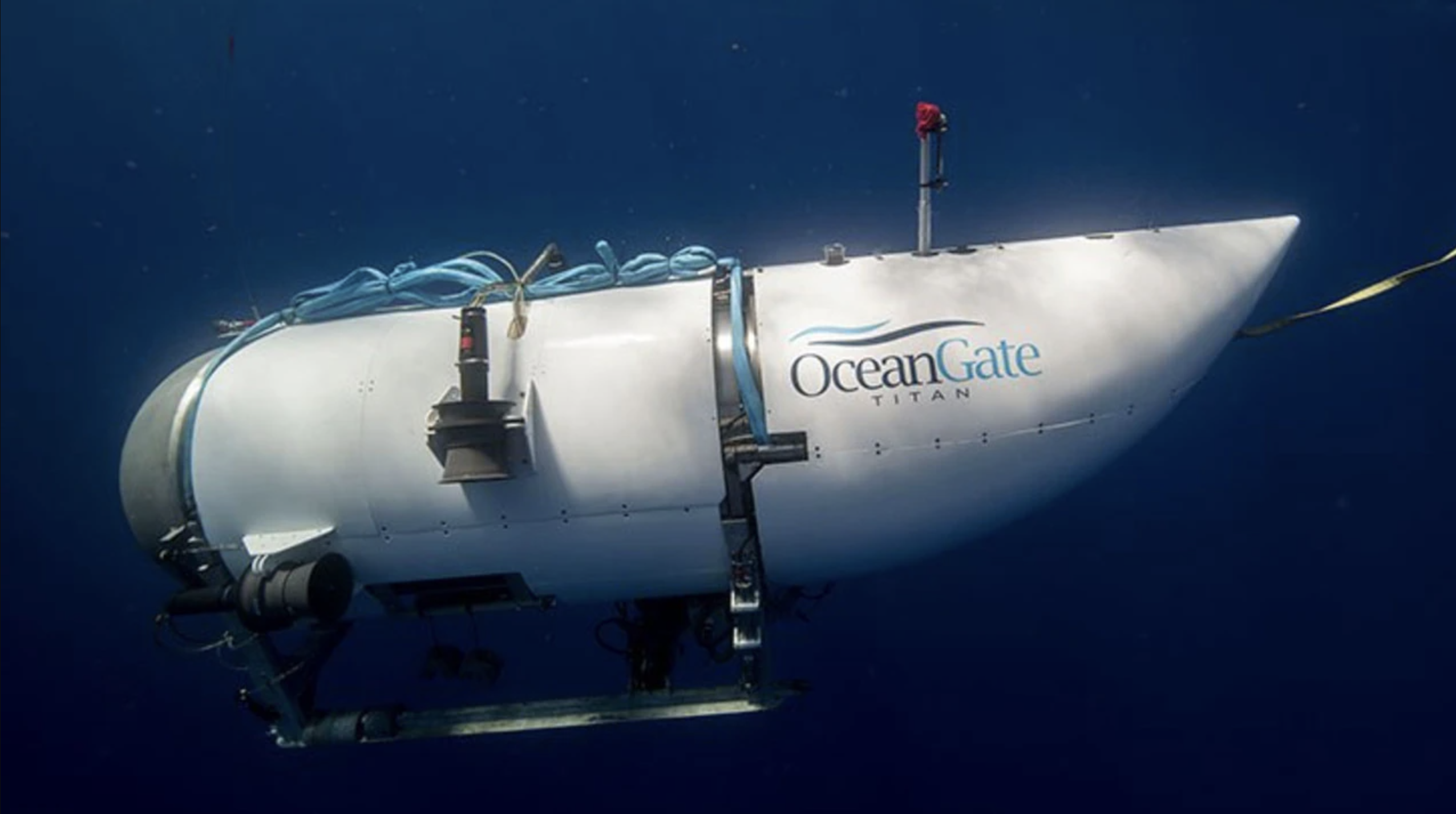A submersible craft used to take people to see the wreck of the Titanic has gone missing in the Atlantic Ocean with its crew on board, sparking a major search and rescue operation.
Tour firm OceanGate, which runs $250,000-a-seat expeditions to the wreck, said it was exploring all options to get the crew back safely.
It said government agencies and deep sea firms were helping the operation.
The Titanic sank in 1912 and lies some 3,800m (12,500ft) beneath the waves.
The missing craft is believed to be OceanGate’s Titan submersible, a truck-sized sub that holds five people and usually dives with a four-day supply of oxygen.
It is not known when contact with the craft was lost.
“Our entire focus is on the crewmembers in the submersible and their families,” OceanGate said in a statement.
“We are deeply thankful for the extensive assistance we have received from several government agencies and deep sea companies in our efforts to re-establish contact with the submersible,” it added.
The company bills the eight-day trip on its carbon-fibre submersible as a “chance to step outside of everyday life and discover something truly extraordinary”.
According to its website, one expedition is ongoing and two more have been planned for June 2024.
The submersible usually carries a pilot, three paying guests, and what the company calls a “content expert”.
A full dive to the Titanic wreck, including the descent and ascent, reportedly takes around eight hours.
The OceanGate website lists three submersibles it owns, and only the Titan is capable of diving deep enough to reach the Titanic wreckage.
The vessel weighs 10,432 kg (23,000 lbs) and, according to the website, can reach depths of up to 4,000m and has 96 hours of life support available for a crew of five.
A tugboat called the Polar Prince, which is used to transport submersibles, was involved in the expedition, its owner told the BBC.
The Titanic, which was the largest ship of its time, hit an iceberg on its maiden voyage from Southampton to New York in 1912. Of the 2,200 passengers and crew onboard, more than 1,500 died.
The wreckage is about 600km (370 miles) off the coast of Newfoundland, Canada.
It has been extensively explored since it was discovered in 1985.
The wreck lies in two parts, with the bow and the stern separated by about 800m (2,600ft). A huge debris field surrounds the broken vessel.
Last month, the first full-sized digital scan of the wreck was created using deep-sea mapping. The scan shows both the scale of the ship, as well as some minute details, such as the serial number on one of the propellers.

